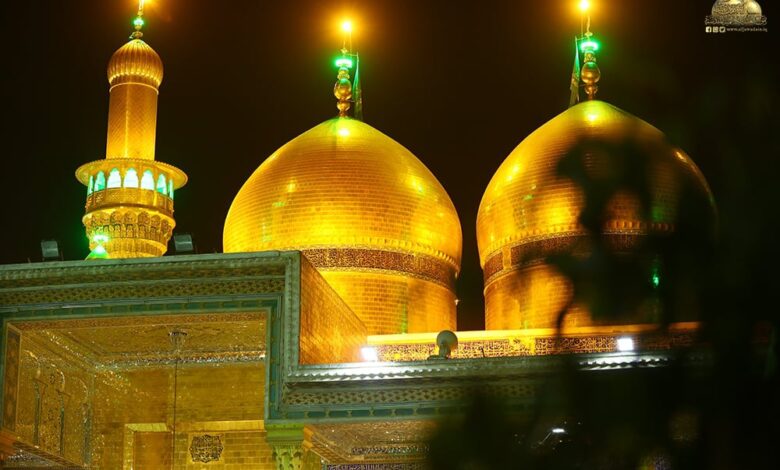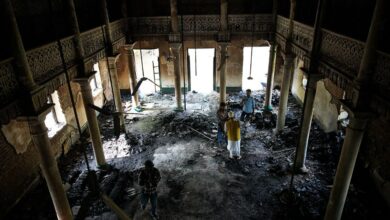20th-26th of Dhul Hijjah mark week commemorating birth of Imam Musa bin Jafar

Historical books mention various narrations regarding Imam Kazim’s date of birth (peace be upon him). One account says it occurred on the seventh of Safar, but most Shia jurists and scholars throughout history have declared the date of his birth to be in the last 10 days of the month of Dhul-Hijjah.
Imam Musa bin Jafar was born in the year 128 or 129 AH when Imam Sadiq (peace be upon him) and his wife Hamida were returning from the Hajj journey, in the region of Abuwa, while others have mentioned his place of birth as Medina.
After the martyrdom of his honorable father Imam Sadiq in the year 148 of the lunar year, Imam Kazim (peace be upon him) assumed the Imamate at the age of 20. The period of his Imamate coincided with the rule of four Abbasid rulers, Mansur, Mahdi, Hadi and Harun.
His titles were Abul-Hasan, Abu Ibrahim and Abu Ali, while Kazem (withholder of wrath), ‘Abd al-Salih (righteous Servant), Nafse Zakiya (purified Soul), Zain al-Mujtahidin (ornament of the diligent), Wafi (keeper of promise), Saber (patient), Amin (trustworthy) and Zaher (lustrous) were among his nicknames.
The period of Imam Musa bin Jafar’s Imamate, which a very difficult time for the followers of Ahlul Bayt, saw many protest movements by the Shiites and Alawites against the Abbasid rulers. Among these was the uprising of Hussein bin Ali, the martyr of Fakh, during the rule of al-Hadi al-Abbasi. This was later followed by Yahya and Idris movement, the children of Abdullah, which took place during al-Harun’s time.
Sources of Shia Hadith contain many hadiths from Imam Kazim (peace be upon him) on theological topics such as monotheism, innovation, faith, and also moral issues, as well as prayers such as Joshan Saqir prayer to ward off the evil of enemies.
They also record his scientific debates and conversations with some Abbasid caliphs, Jewish and Christian scholars, which often led to their conversion to Islam.
Zamakhshari wrote in Rabi al-Abrar that Harun, the son of Mahdi suggested to Musa bin Jafar in one of their meetings to hand over Fadak, but he did not accept his offer.
When Haroun insisted on this proposal, Imam replied that he will accept this proposal on the condition that Harun al-Abasi hand over all that property to him with the limits that he will determine.
When Haroun asked the Imam where the borders of Fadak were, Imam Kazim (peace be upon him) said that one limit is in Aden, the other limit is in Samarkand, the third limit is in Africa, and the fourth limit is by the Caspian Sea.
Haroun was very upset after hearing Imam’s words and said: So what is left for us?
Imam Kazim (peace be upon him) said, “I knew that if I told you the boundaries of Fadak, you would not give it to us.”
Imam Kazim, peace be upon him, meant by determining these limits, that the caliphate and administration of the entire Islamic country is the right of Ahl al-Bayt.
Apparently, from that day onwards, Harun was determined to kill Imam Kazem (peace be upon him) and imprison him, which meant that Imam spent the last years of his life in different prisons.
Imam Kazim executed Imamate for 35 years, and with his martyrdom in 183 AH, the Imamate was transferred to his son, Imam Reza (peace be upon him).





